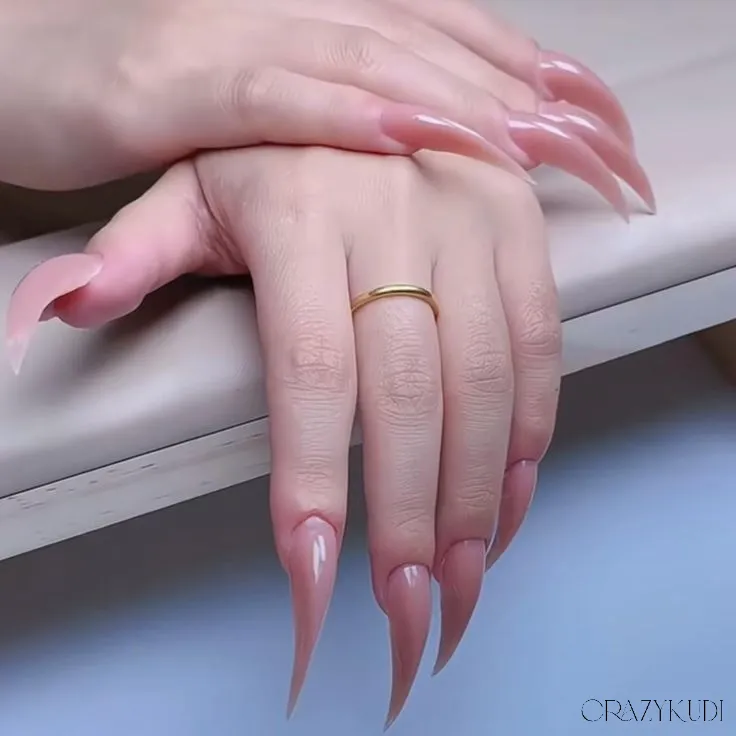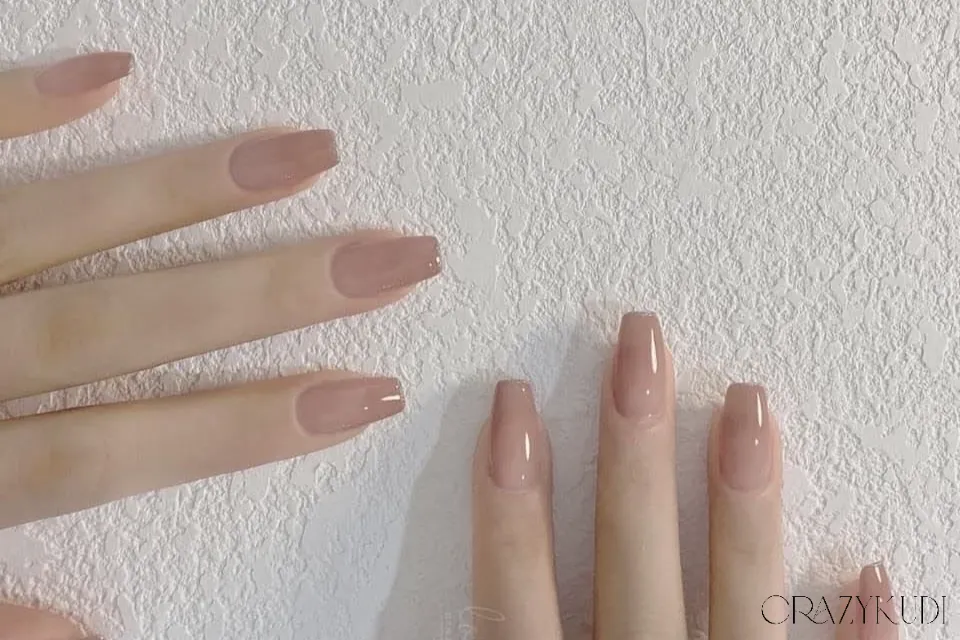As a board-certified dermatologist, my expertise extends beyond the skin to include conditions affecting the hair and nails. While often viewed through a cosmetic lens, your fingernails are fascinating structures that can sometimes act as windows into your overall systemic health. Changes in their color, texture, shape, or growth pattern can occasionally be the first subtle signs of underlying medical conditions, ranging from nutritional deficiencies to more significant diseases.
It's crucial to understand that nail changes are often non-specific, meaning one sign can be associated with multiple conditions, and many minor changes are completely benign or simply due to trauma. Self-diagnosing based on nail appearance alone is unreliable and potentially dangerous. However, being aware of certain potential associations can empower you to seek timely medical evaluation when something seems amiss. Let's explore 8 common fingernail signs and what they might suggest:
1. Pale or Very White Nails:
- Description: The nail plate itself appears unusually pale or whitish, lacking its normal pinkish hue (distinct from white spots on the nail, which are usually due to minor trauma).
- Potential Associations: While sometimes just a sign of aging, marked paleness can be linked to anemia (low red blood cell count, often due to iron deficiency), liver disease (like hepatitis or cirrhosis), congestive heart failure, kidney disease, or malnutrition.
2. Yellow Nails:
- Description: Nails take on a yellowish discoloration. They may also thicken and grow more slowly.
- Potential Associations: The most common cause is often external staining from nail polish or smoking. However, persistent yellowing can be associated with fungal infections (onychomycosis), chronic bronchitis or other respiratory conditions (as part of the rare "Yellow Nail Syndrome"), lymphedema, thyroid disease, diabetes, or psoriasis.
Also read: Hair Changes with Age: A Dermatologist Explains Why & What You Can Do
3. Bluish Nails (Cyanosis):
- Description: Nails (and the nail bed underneath) appear bluish or purplish.
- Potential Associations: This typically indicates a lack of adequate oxygen in the bloodstream (hypoxia). It can be linked to lung problems (like emphysema, COPD, chronic bronchitis, pneumonia), heart conditions (congenital heart disease, heart failure), or exposure to extreme cold constricting blood vessels. Bluish nails warrant prompt medical evaluation.
4. Nail Pitting:
- Description: Small depressions or "pits" appear on the surface of the nail plate, sometimes resembling the surface of a thimble.
- Potential Associations: This is most strongly associated with psoriasis (affecting up to 50% of psoriasis patients). It can also be seen in individuals with inflammatory arthritis (like psoriatic arthritis or reactive arthritis), alopecia areata (an autoimmune hair loss condition), and occasionally eczema.
5. Splinter Hemorrhages:
- Description: Tiny, vertical, reddish-brown lines under the nail plate, resembling wood splinters.
- Potential Associations: The most common cause is minor trauma to the nail. However, they can sometimes indicate endocarditis (infection of the heart valves – a classic but less common cause today), vasculitis (inflammation of blood vessels), psoriasis, or other systemic conditions affecting blood vessels. If numerous and unexplained by trauma, medical evaluation is wise.

6. Beau's Lines:
- Description: Horizontal (transverse) grooves or indentations that run across the nail plate.
- Potential Associations: These lines indicate a temporary interruption in nail growth, usually due to a significant systemic stressor. Causes can include severe illness with high fever, chemotherapy, major surgery, significant malnutrition, uncontrolled diabetes, peripheral vascular disease, or even direct trauma to the nail matrix (the growth center). As the nail grows out, the line moves towards the tip.
7. Spoon Nails (Koilonychia):
- Description: Nails become soft and curve upwards and outwards at the edges, forming a concave shape like a spoon, sometimes pronounced enough to hold a drop of liquid.
- Potential Associations: This sign is most classically linked to iron deficiency anemia. It can also occasionally be associated with hemochromatosis (iron overload), heart disease, hypothyroidism, or occupational exposure to certain solvents.
8. Nail Clubbing:
- Description: The fingertips enlarge, and the nails curve around the fingertips, often accompanied by softening of the nail bed (it feels spongy when pressed). The angle between the nail base and the skin increases.
- Potential Associations: Clubbing develops gradually over years and is often associated with conditions causing chronic low blood oxygen levels. These can include lung diseases (like lung cancer, cystic fibrosis, interstitial lung disease), cardiovascular diseases, inflammatory bowel disease (Crohn's, ulcerative colitis), liver disease, or certain infections. Clubbing always warrants thorough medical investigation.
Also read: Starting a "Natural" Skincare Routine: A Dermatologist's Guide to Safe & Effective Choices
Important Caveats: Don't Jump to Conclusions!
- Trauma is Common: Many nail irregularities (white spots, lines, minor ridges, splinter hemorrhages) are simply due to everyday bumps and knocks to the nails.
- Correlation Isn't Causation: An association doesn't mean the nail sign caused the disease or that everyone with the sign has the disease.
- Nail Changes Take Time: Nails grow slowly (about 3mm/month for fingernails), so changes often reflect a past event or condition.
- Look at the Whole Picture: A diagnosis is based on a combination of history, physical examination, and potentially lab tests or imaging – not just the nails.
When to See Your Dermatologist or Doctor:
If you notice significant, persistent, or concerning changes in your nails – particularly discoloration (especially new dark streaks), changes in shape (clubbing, spooning), detachment from the nail bed, severe pitting, or signs of infection (redness, swelling, pus around the nail) – it's essential to schedule an appointment. We can evaluate your nails, consider potential underlying causes, and determine if further investigation or treatment is necessary. Your nails might just be telling you something important about your overall health.

